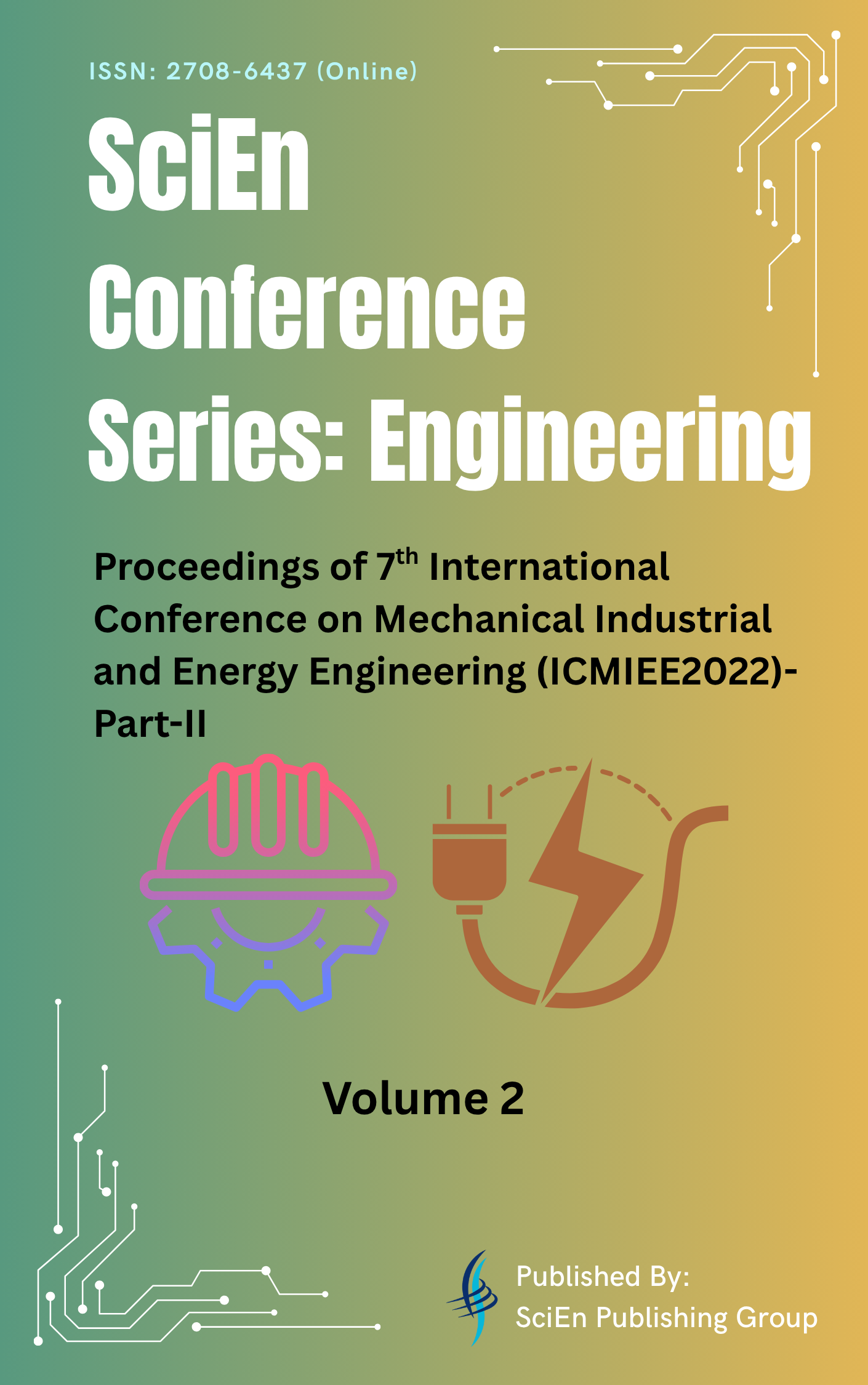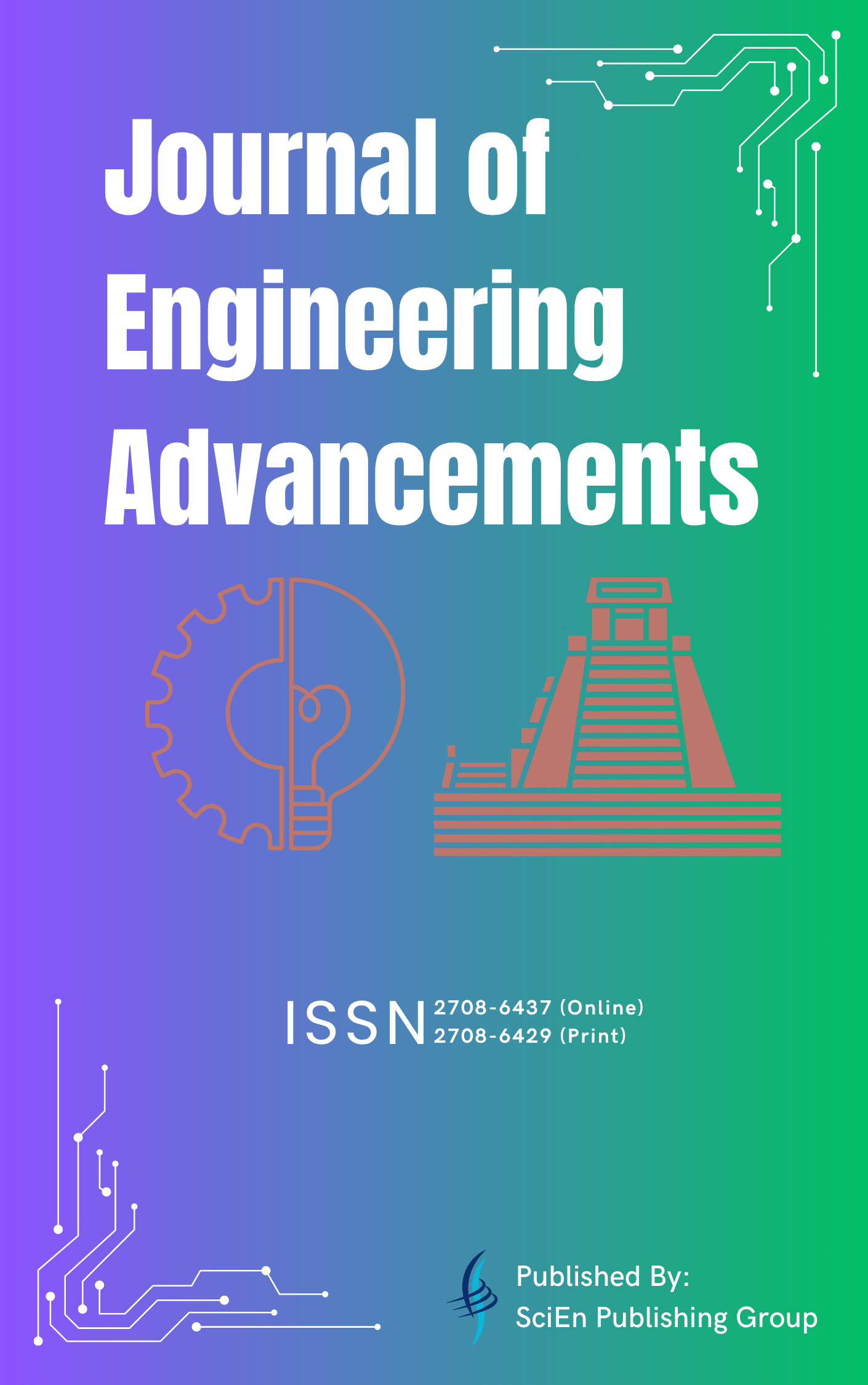Study of analyzing the flammable area from releasing LPG during filling the bottle in the LPG plant
DOI:
https://doi.org/10.38032/scse.2025.2.13Keywords:
LPG, Safety, Explosion, Risk assessment, ALOHAAbstract
The prevalence of LPG leakage is a threat to the safety of adjacent residents, the quality of the air, and occupational safety. It is necessary to analyze the toxicity of the releasing LPG for environmental safety and human health. The study is mainly concerned with the dangers posed by LPG emissions during bottling into cylinders. In this study, the areal location of hazardous atmosphere (ALOHA) models have been used to evaluate the risk of fire and explosion from various LPG compounds assuming variable amount of LPG released into the environment with constant wind velocity. The flammable area of the isobutene was less than the propane and butane. Consequences of hazards such as the release of hazardous substances into the environment are one of the most important tasks in increasing the degree of safety at the design stage or operation of industrial units. It's essential to assess fluid behavior after exposure to the environment, as well as the resulting emissions and potential injuries, as well as the safest radius for fire, explosion, and hazardous emissions. The results were utilized to derive appropriate evaluations of risk assessments, which can be made accessible to the industry in the hopes of reducing the possible effect of such accidents in the future.
Downloads
Downloads
Downloads
References
[1] Paczuski, M., Marchwiany, M., Puławski, R. Pankowski, A., Kurpiel, K. and Przedlacki, M., 2016, Liquefied Petroleum Gas (LPG) as a Fuel for Internal Combustion Engines, Alternative Fuels, Technical and Environmental Conditions, Pp. 105-136. DOI: https://doi.org/10.5772/61736
[2] Bahadori, A., Liquefied Petroleum Gas (LPG) Recovery 2014, Natural Gas Processing. DOI: https://doi.org/10.1016/B978-0-08-099971-5.00012-X
[3] Cho. C. P. Kwon, O. S., Lee, Y. J., Effects of the sulfur content of liquefied petroleum gas on regulated and unregulated emissions from liquefied petroleum gas vehicle, 2014, Fuel, Vol. 137 pp. 328-334. DOI: https://doi.org/10.1016/j.fuel.2014.07.090
[4] World LP Gas Association Annual Report 2017.
[5] Ahmad, R M: Majed A: Osama, E. DH: Marcos, S. F: and Usman, M. A. Fractionation of Natural Gas Liquids to produce LPG. TPG4140 Natural Gas, Norway, 2011
[6] Poten & Partners. LPG in the world market, A Monthly Report on International Trends in LPG, February, 2015.
[7] A. Koohpae, "Modelling the Consequences of Explosion, Fire and Gas Leakage in Domestic Cylinders Containing LPG," Ann. Med. Health Sci. Res., pp. 83-88, 2018.
[8] A. Demirbaş, "Fuel properties of hydrogen, liquefied petroleum gas (LPG), and compressed natural gas (CNG) for transportation," Energy Sources, vol. 24, no. 7, pp. 601-610, 2002. DOI: https://doi.org/10.1080/00908312.2002.11877434
[9] R. Pula, F. I. Khan, B. Veitch, and P. R. Amyotte, "A grid based approach for fire and explosion consequence analysis," Process Saf. Environ. Prot., vol. 84, no. 2 B, pp. 79-91, 2006. DOI: https://doi.org/10.1205/psep.05063
[10] R. Bhattacharya and V. Ganesh Kumar, "Consequence analysis for simulation of hazardous chemicals release using ALOHA software," Int. J. ChemTech Res., vol. 8, no. 4, pp. 2038-2046, 2015.
Published
Conference Proceedings Volume
Section
License
Copyright (c) 2025 Mohammed Ainul Islam, Sajal Chandra Banik, Kazi Anisur Rahman, Rahat Khan, Mohammed Tazul Islam (Author)

This work is licensed under a Creative Commons Attribution 4.0 International License.
All the articles published by this journal are licensed under a Creative Commons Attribution 4.0 International License


